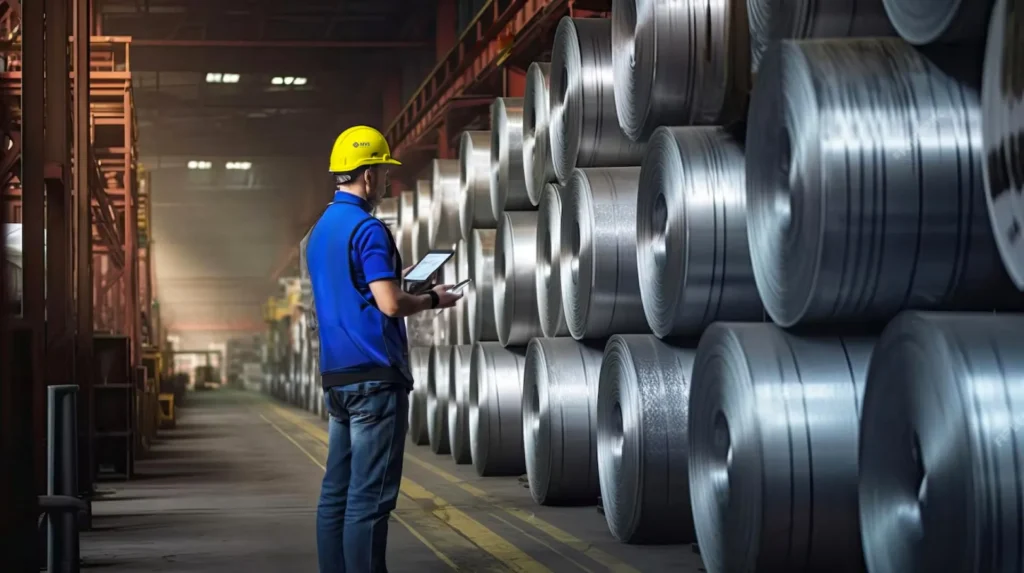In today’s rapidly evolving steel industry, the ability to make informed decisions is crucial for staying competitive. As technology advances, so does the volume of data available to businesses. This wealth of information, often referred to as big data, holds immense potential for transforming how steel sourcing strategies are developed and executed.
Understanding Big Data in Steel Sourcing
Big data encompasses large sets of information that traditional data-processing software struggles to manage. For steel sourcing, this can include market trends, supplier performance metrics, raw material costs, and even weather patterns affecting logistics. By harnessing this data, companies gain deeper insights into market dynamics and supplier behaviors, enabling them to optimize their procurement strategies.
The Role of Data Analytics
Data analytics plays a pivotal role in converting raw data into actionable insights. Through advanced analytics techniques such as predictive modeling and machine learning, companies can forecast demand more accurately, identify cost-saving opportunities, and mitigate supply chain risks. This proactive approach not only enhances operational efficiency but also strengthens strategic decision-making.
Implementing Data-Driven Strategies
Implementing a data-driven strategy begins with collecting relevant data from internal and external sources. This may include transactional data from ERP systems, supplier performance reports, industry publications, and social media analytics. Once collected, the data is processed and analyzed using specialized tools and algorithms to uncover patterns and correlations that inform strategic decisions.
Case Studies: Real-World Applications
Several steel companies have already embraced data-driven sourcing strategies with impressive results. For instance, Company X integrated real-time market data with supplier performance metrics to negotiate better contracts and reduce procurement costs by 15% annually. Meanwhile, Company Y utilized predictive analytics to optimize inventory levels, ensuring they meet demand fluctuations without excess stock.
The Future Outlook
Looking ahead, the role of big data in steel sourcing is expected to expand further. Advancements in artificial intelligence and data visualization will empower companies to make even more informed decisions in real time. By leveraging these technologies, steel manufacturers can enhance supply chain resilience, adapt quickly to market changes, and ultimately, gain a competitive edge in the industry.
As steel companies navigate the complexities of a globalized market, those who harness the power of data will emerge as leaders, shaping the industry’s landscape for years to come.




